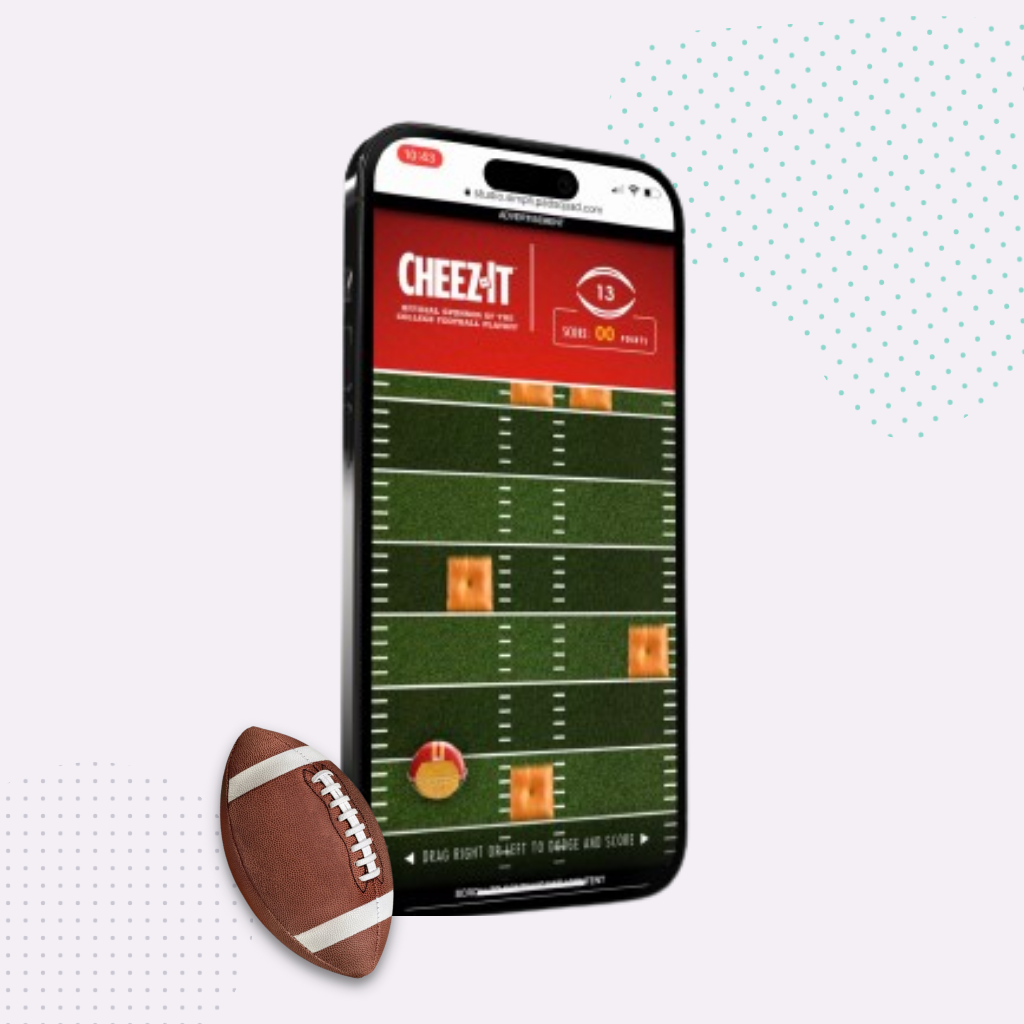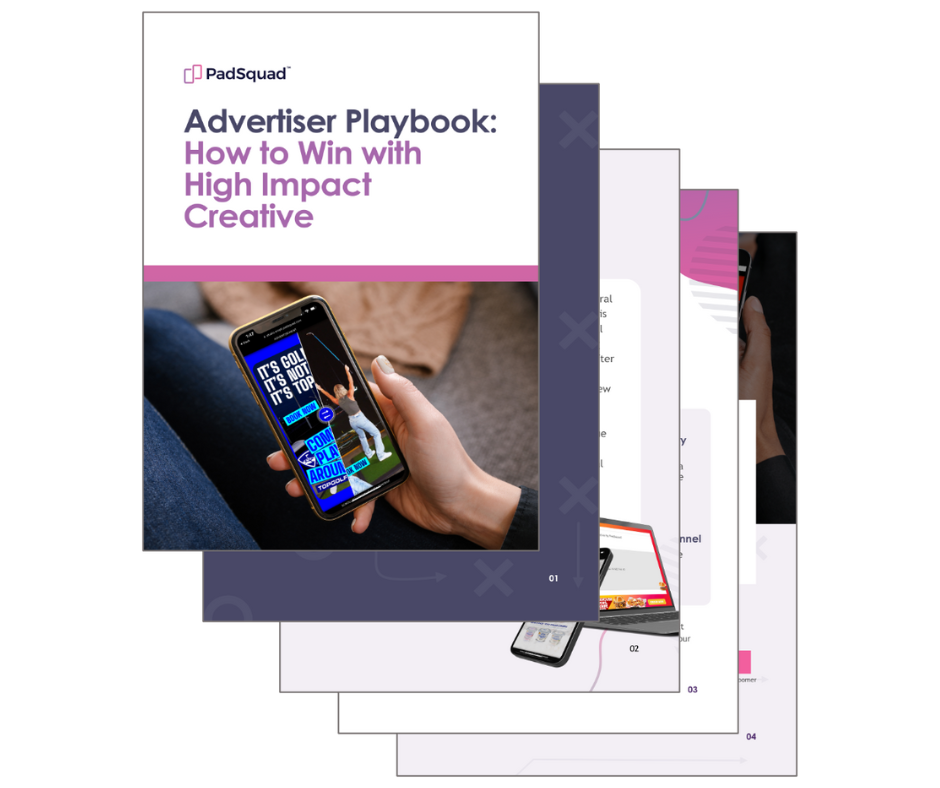Another Super Bowl has come and gone. Celebrities were spotted, bets were placed, and brands dropped roughly $7 million on 30-second spots. Those spots not only entertained us, but provided some key observations and lessons with staying power that you can apply to your rest-of-year media planning.
Diverse representation on the rise, sort of:
The call for diverse representation in ads has been actively ongoing for years, but did advertisers get it right during this year's Super Bowl? Yes and no. It was definitely a trend observed across all of the spots, but there is still some work to do.
Analysis from an AI company, Alltold, revealed a few key takeaways:
- Women: The number of ads portraying women hit 40% this year. About 43 ads gave women 40% or less screen time, with only 10 ads giving them 80%. Some of the notable spots were Doritos and Booking.com.
- Diverse skin tones: The inclusion rate for people with darker skin tones reached 32% this year. Not great, but up from just below 27% in 2023. Interestingly, both years saw a decline from 35% in 2021. Some of the notable spots were Frito-Lay and E*Trade.
- Larger bodies: People with larger body sizes saw 20% screen time or less across 60 ads
- Disabilities: Only six ads featured people with disabilities. A notable example was Google’s ad around the experience of Javier Kussrow, a visually impaired actor, in which the ad was purposefully shot out of focus.
- LGBTQIA+: Of the 39 people in Super Bowl ads that Alltold could discern a visible sexual orientation, there were two lesbians. The other 37 people were heterosexual.
Takeaway: Diverse representation in ads is key! Your audience is diverse. Research indicates consumers are more likely to view your brand favorably, or make a purchase, if they see themselves represented in your ads.
Missing: QR codes:
The use of QR codes in advertisements, particular TV and CTV spots, has been steadily growing over the last few years. So we expected there to be quite a number of spots using QR codes this year, but there weren’t! The use of QR codes was pretty underwhelming, and we aren’t that mad about it…Why? Because QR codes shouldn’t just be slapped on a video, they should be part of a thoughtful brand and consumer experience. Although, the Miller Lite QR code on Rob Riggle's stomach was pretty unique!
PadSquad's Lance Wolder shares some thoughts on QR codes!
QR codes are an amazing tool, but there needs to be a clear use case for brands to deploy them, and for consumers to want to engage with them. They can’t just drive to a website or lead form, they need to provide a valuable experience (see below). So maybe what we’re seeing is a mindful pause in the over-use of QRs while marketers revisit the best ways to use them moving forward.
Takeaway: as you go to market with your video and Advanced CTV spots, be thoughtful with what you're asking consumers to do, and how you are asking them to do it!
Second screens and storytelling:
This year, the vast majority of ads prompted viewers to tune out of the game and into a secondary experience from the brand. Second screen experiences are a huge opportunity for brands, but as we’ve already discussed, they have to be thoughtful and help tell a bigger story. And in a crowded presidential election year, second screen experiences will be key to continuing your story and making an impact with consumers.
Similarly, it’s crucial not to forget the importance of storytelling in your campaigns (which second screen experiences can help with!). Remember, an ad should be seen as one element that is part of a larger campaign and story, not just a one off execution. An ad may just be the beginning of your brand story.
For example, Verizon and Beyonce (mostly Beyonce) knocked it out of the park. Not only was the ad fun to watch and hit home on all of the 5G connectivity selling points, but it was just the beginning of the overall story. At the end of the spot, Beyonce casually called out releasing new music which immediately left the audience wondering if that was just a quip or an announcement. Turns out it was an announcement, and consumers took to the internet to get as much information as possible, creating one heck of a second screen, storytelling experience. Beyonce saw 2.25 million engagements across Instagram, YouTube and Twitter, significantly more than both Taylor Swift and Usher. The TV spot was just the tip of the iceberg, and Verizon is along for the ride.
Takeaway: Consumers and brands alike crave second screen experience, but the juice needs to be worth the squeeze. The experience needs to be meaningful enough for consumers to benefit from tuning-out of what they are actively doing.
Get in touch with our team to discuss applying these learnings to your upcoming campaigns!




